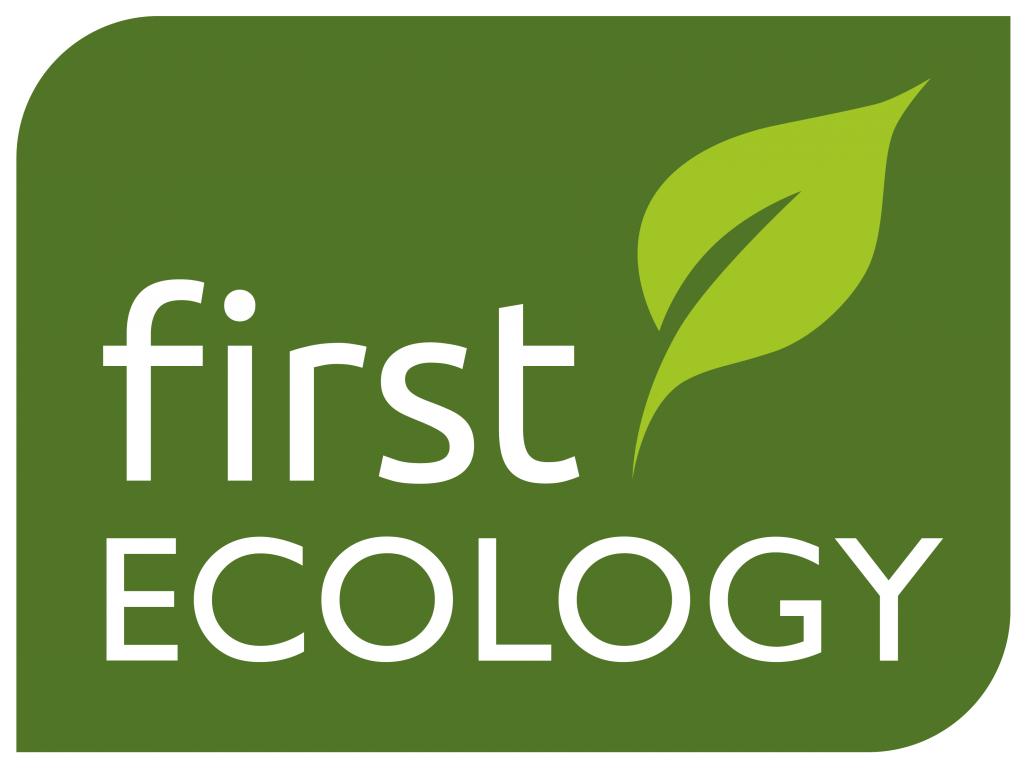How different is Ash dieback from Dutch elm disease?
By | 27 January 2020
What is the difference between the ash dieback and dutch elm disease?
It’s one of the most common questions posed by those who remember the loss of English elm. Indeed anyone who knows the English landscape will be familiar with the young elms that grow up in our hedgerows. They appear to survive to early maturity only to be snatched away from us in a season.
But they also seem to linger, both as skeletal remains for up to 5 years and longer, then regenerating young shoots to continue the perpetual cycle of life and death, never quite achieving maturity, but never dying completely.
This comes about because of the anatomy of the disease and how it is spread. The trees are infected when they reach a certain stage of maturity because they start becoming attractive to the bark beetle that carries the fungal spores of the dutch elm disease causal agent Ophiostoma novo-ulmi.
However, the English elm is very resilient and has many roots that can grow new shoots to form a new generation of stems. A tree of the hedge and field boundaries and extensively planted because of its regenerative suckering, survival strategy.
How is this different to ash?
The fundamental difference between ash and elm, English elm is a hedgerow tree whereas ash is a woodland tree which can also be found in hedgerows.
Ash has traditionally been planted as a woodland and hedge tree. Although, I say “planted” advisedly, as gardeners know, ash normally arises of its own accord being a prolific self seeder. It can be more cress like in its regeneration in woodlands with a patch of light.
The fungi that causes ash dieback disease Hymenocyphus fraxinea infects the leaves, fruiting on the leaves stalk or rachis. The fungi attacks the leaves which are the food producers of the tree, eliminating the production of sugars needed for growth and survival.
The method of infection is the air, which in many confined valleys can become awash with spores. This spore load can cause even partially resistant trees to succumb.
The infected leaves produce viridiol, a toxic chemical that spreads downwards in the tree’s branches killing the bark and buds. You will be able to see this as sunken areas (lesions) of bark on branches, which can be orange or dark grey.
Whereas the elm has many seasons growth before being infected, the ash saplings are killed at all ages, but particularly the youngest trees. The mature trees survive longer by virtue of the energy stored over many years but succumb once their resources are depleted.
The future
There are signs that we will not completely lose the ash tree. Individual trees in fields and hedges, may be isolated enough not to receive a large enough load of spores to weather the pandemic. Much like the elms of Brighton, which were shielded from the bark boring beetle by the south downs, therefore were not infected by the dutch elm disease and survived unaffected for decades. The most at risk trees are those in single species woodland with more tightly packed and large numbers of trees, this is especially true of our limestone uplands, where ash thrives.
This makes the effect of ash dieback more devastating, up to six times more destructive than Dutch elm disease in terms of the number of trees lost which was 30,000,000 elms. The affect will be as shocking as it sounds, and it has only just started in many areas with possibly over 2,000,000,000 ash trees infected.
My own area in the Mendip hills has only just started to come to terms with the cost of managing the risk, removal and recovery from the loss. The worst effects may be obvious in the wholesale removal of ash trees on our highways. This will unfortunately be necessary as the risk of ash tree structural failure, once infected by ash die back, rises significantly once the tree has lost half of its leaves.
What can we expect?
We must be ready for the shock of many more dead and dying trees in our landscape. More than ever we must be ready to have the difficult discussions and to remain open minded over the look and shape of our future landscapes.
The costs of dealing with this problem across the nature reserves will be enormous at a time when we are already facing funding uncertainties.
Now is the time to support our nature conservation charities, to empower them to respond to this ecological crisis. In an already uncertain time this is putting additional financial pressure on these organisations.
The Wildlife Trusts have continued their work during C19 but can only do so with the public’s continued financial support through membership and donations.
Further information is available at https://www.wildlifetrusts.org/ on the work being undertaken.
RECENT BLOG POSTS
Sorry, we couldn't find any posts. Please try a different search.
